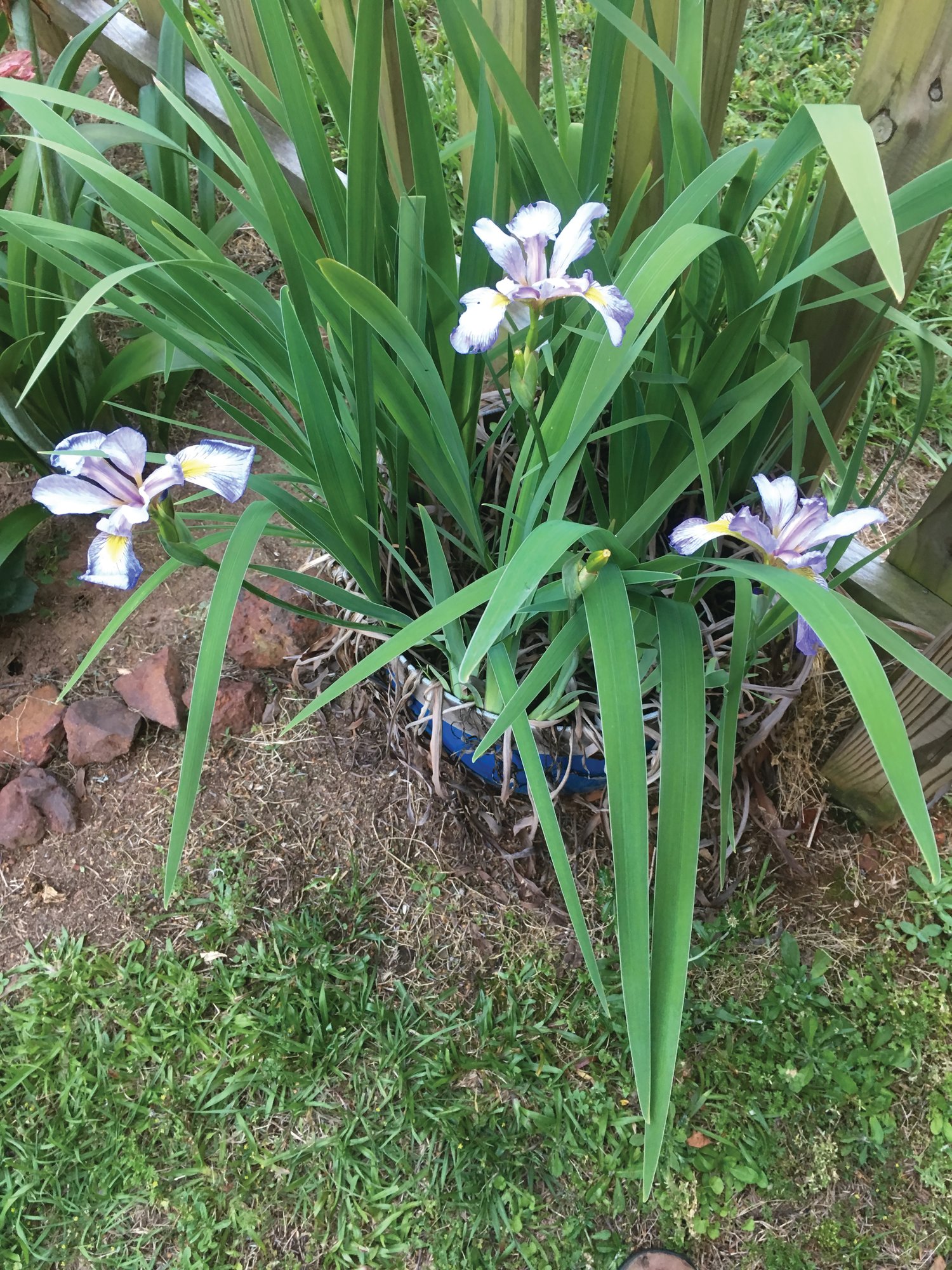Our native blue flag

Outdoor contributor
I had made the initial crossing in the fall, during deer season, wearing hip boots. The water backed up from the downstream beaver pond was shallow here. The trees were long gone, with button brush and thick stands of cattails crowding the watery path that I established. The path followed along the back side of an upstream beaver dam. At the stream bed, near the center of the pond, the water was deeper, and some spilled over the top of the three-foot-high dam. I had to step up and walk along the top of the dam for a few yards to detour around the deeper water, then step back down to my shallow wetland path. The beaver dam was simply too difficult to walk on for any distance.
It was early spring now, and the willows were just beginning to bud. I was pursuing the wild turkeys that frequented the hardwood ridge above the beaver ponds. Crossing this swampy area was the only way to get to the ridge without trespassing onto other land.
At the far edge of the beaver pond, just beyond some open pools, I noticed several clumps of green plants growing in the edge of the shallow water. Beautiful blue-and-yellow flowers bloomed at the top of the plants on slender stalks. They looked similar to the larger cultivated iris I had seen growing in some gardens. I had never seen this type, and I was surprised to see them growing in the standing water. I had not noticed these plants back in the fall. I lingered here now, admiring the beauty of a plant that I had never seen before.
At the time, I was new to turkey hunting and had not ranged around woodland ponds and wet places in the early spring very much. Over the next few years, during the spring turkey season, I encountered the plants on occasion, in wet areas, on boggy power lines and at the edges of beaver ponds. They weren't encountered in the fall during drier conditions, when I suspected that they were probably dormant. Back in those days no one had computers, and there was no internet. I finally consulted a field guide on wildflowers and learned that these smaller irises were more commonly known as "blue flags." They are our native iris.
Blue flags are more often seen in the wild than in home gardens, but I knew that I wanted some for our backyard garden. The only problem was finding them near a road or other convenient access point. I finally found some plants just off a county road. All I needed was hip boots, a five-gallon bucket and a shovel. I dug up a clump of the plants, being careful to go deep enough to get a large clump of the black, muddy, organic soil that contained the roots and rhizomes of the plant.
The clump of plants fit snugly in the bucket, so I left them in their temporary home at the edge of our backyard for some time, being careful to keep them wet. The area was in partial shade, and they didn't bloom. I finally realized that they needed more sun and more room than a five-gallon bucket.
My wife, Ginger, has developed a beautiful garden just out of our back door. One day she came home with a large flower pot with a shiny blue finish. The pot could hold at least 20 gallons, but it had no drain hole in the bottom. I knew this was what we needed for the iris, and I set it up in the edge of her garden in the full sun. I transferred the clump of blue flags and kept them wet.
They are happy here and have bloomed every year since - and are an absolute joy to look at. In the spring, I always think back to the first time I saw them, our native blue flag, out in the wild lands.
Email Dan Geddings at cdgeddings@gmail.com.
More Articles to Read
